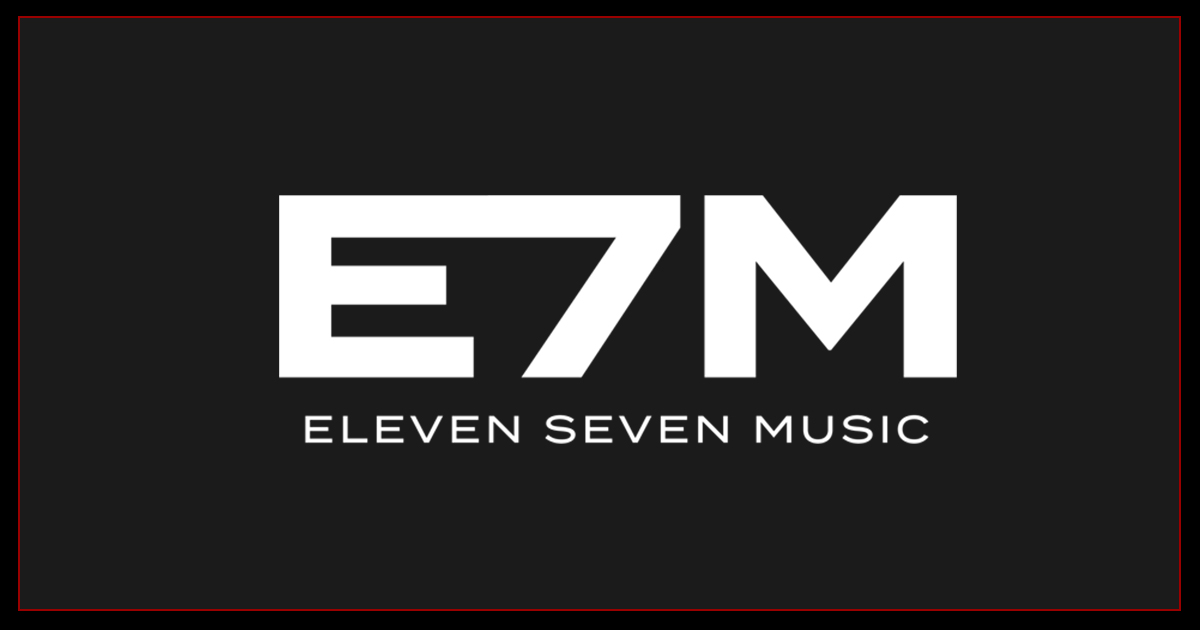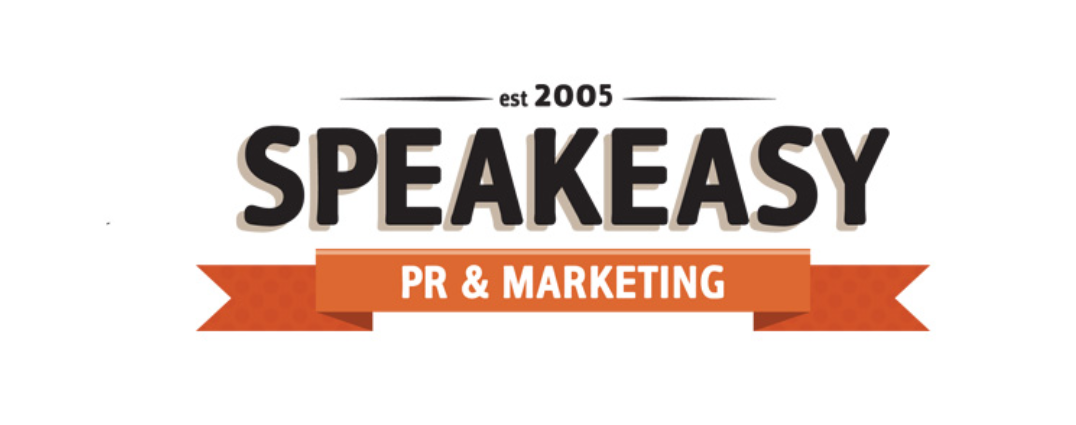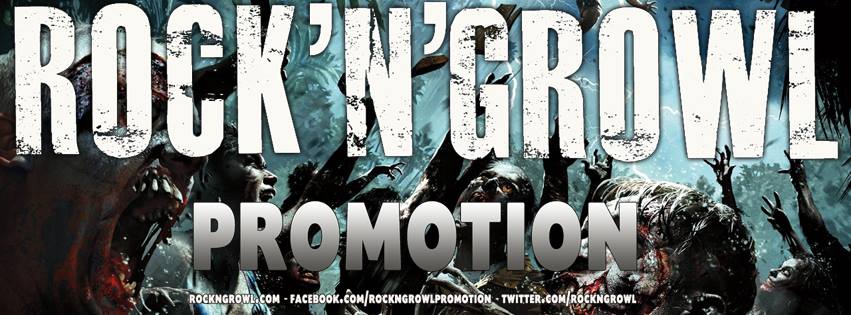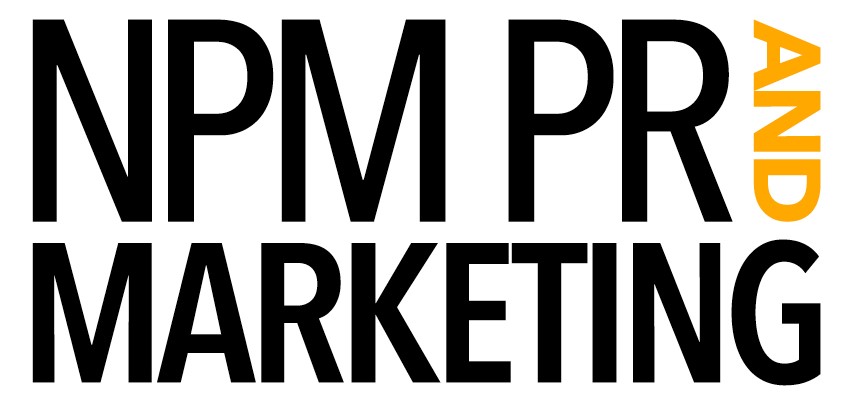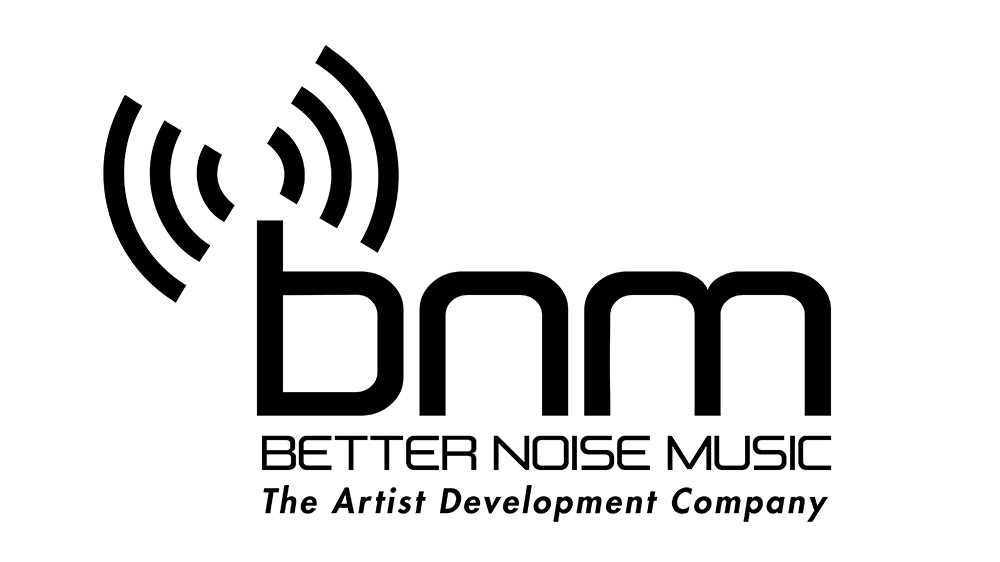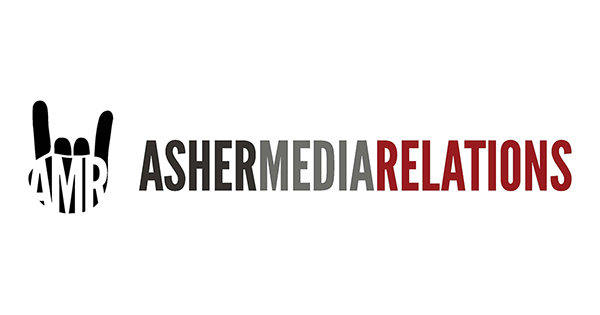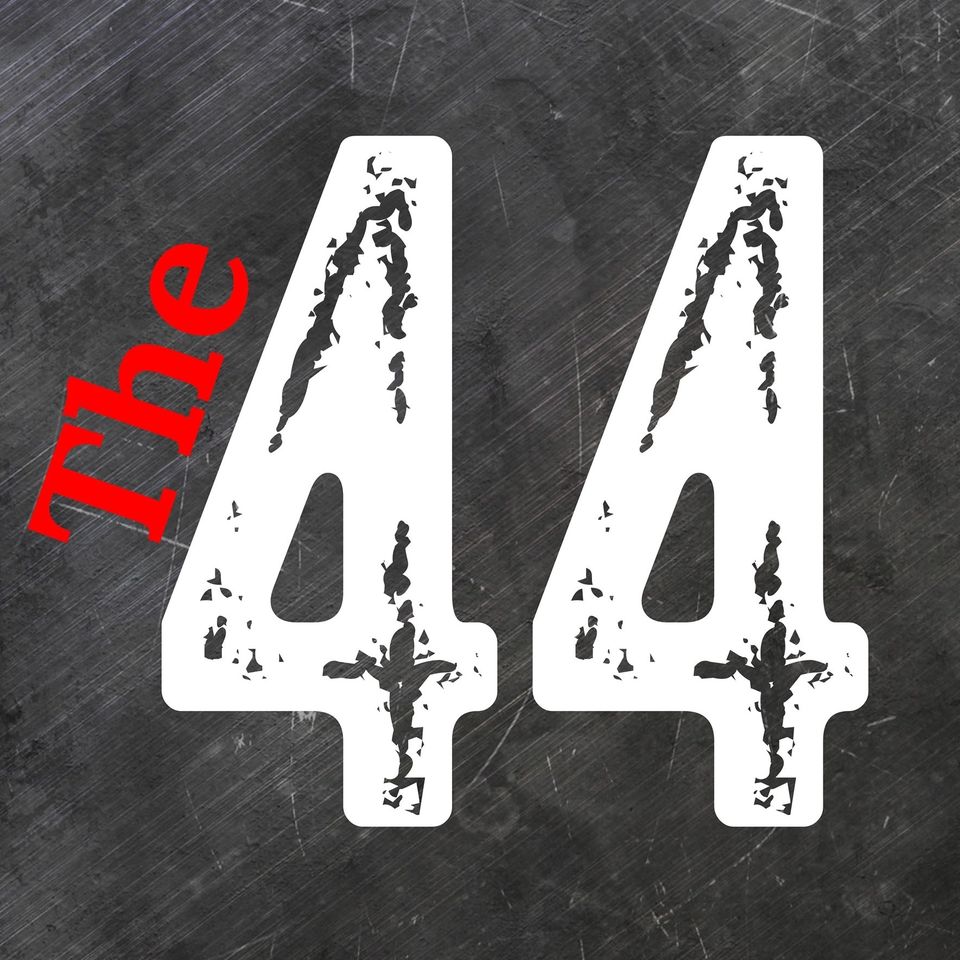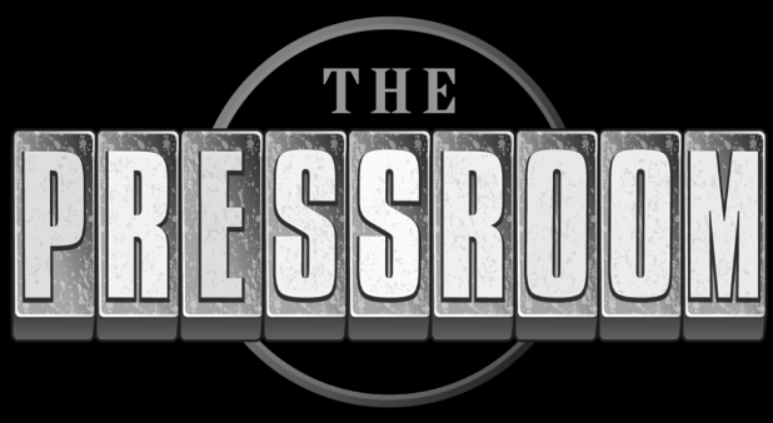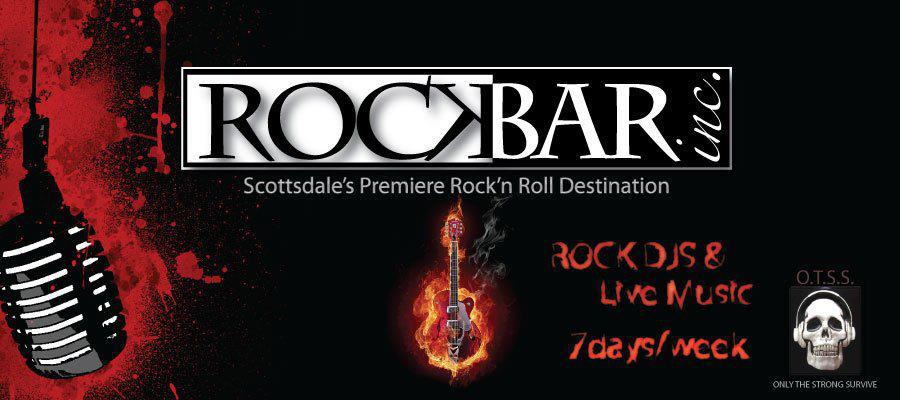Does your blood type hold the key to what you should be eating for optimal health and effortless weight loss? Our nutritionist digs in.
Choosing what to eat based on an individual’s blood type is the concept behind Dr. Peter D’Adamo’s best-selling book Eat Right for Your Type. Originally published over 20 years ago, revised editions of the book continue to increase in popularity.
Unique eating approach diets, like Dr. D’Amano’s, are based on the premise that individuals process what is eaten differently due to traits and genetics left over from ancestors and blood type. Each blood type has different needs, as well as certain foods that should and shouldn’t be consumed. Dr. D’Adamo suggests that by eating according to blood type, an individual can become healthier, reduce risk of disease, lose weight, and even slow the aging process.
What Do You Eat?
Dr. D’Amano’s book offers specific eating recommendations for each blood type – A, B, AB and O. Each plan is different, and diet guidelines are based upon whether foods are considered beneficial, neutral, or “poison” for a specific blood type and genetic profile. Here is a quick overview of the diet for each blood type.
Type A
- Emphasize primarily a vegetarian diet including vegetables, fruit, beans, legumes, nuts, seeds
- Can include some seafood, fermented dairy, and minimally processed grains
- Avoid meat, limit dairy and eggs
- Exercise calm and focus through tai chi, brisk walking, swimming
Type B
- Emphasize a balanced intake of plant and animal foods including vegetables, fruits, dairy, fish and meat
- Can have some beans, legumes, grains, nuts and seeds
- Avoid chicken and pork
- A combination of vigorous and relaxation exercises
Type AB
- Emphasize seafood, vegetables, fruit, tofu, dairy, and eggs
- Can include some meat, certain grains and beans, and small amounts of certain nuts and seeds
- Avoid chicken, smoked and cured meats
- Moderate-intensity exercise and activities that release tension
Type O Plan
- Emphasize lean meat, poultry, fish, vegetables
and fruit - Can include eggs and small amounts of certain lectin-free beans and grains
- Avoid
dairy - Vigorous or intense exercise
Negatives of the Blood Type Diet
I try to start reviews by detailing the positive aspects of an eating plan, but in this case, I think it’s important to start with potential negatives. My primary concern is that there is little research to support the idea that eating for a specific blood type impacts health. In fact, a 2013 comprehensive review of research on blood type diets published in the American Journal of Clinical Nutrition concluded
Also, recommendations for each blood type specify avoiding and limiting different nutrient-dense foods such as dairy, beans, some nuts and seeds, poultry and pork—an approach that seems restrictive and somewhat pointless, since there’s little evidence to support that an individual can gain health improvements by eating for blood type. While I don’t think this eating plan would cause harm for most individuals, proper diet planning is needed to ensure adequate nutrients like calcium, Vitamin D, iron, and vitamin B12 are consumed due to the restrictions in each plan.
Positives of the Blood Type Diet
Even though there’s limited research to suggest that this approach is necessary, following a blood type diet could be an improvement in overall diet quality for many. The reason is that all four plans emphasize whole, minimally processed foods and limit processed ones with added sugars, reduced nutrients and/or additional fats. In a recent experimental
The Verdict
Blood type diets are centered around eating more whole, less processed foods—particularly plant foods—and these are things that almost anyone could benefit from. Other positive aspects in Dr. D’Amano’s book include the incorporation of activity and stress reduction and not having to track calories, macros, or other numbers. As a nutrition professional, though, I can’t find any benefits in eating for blood type beyond what one can get from an eating plan that includes all nutrient-dense foods.




